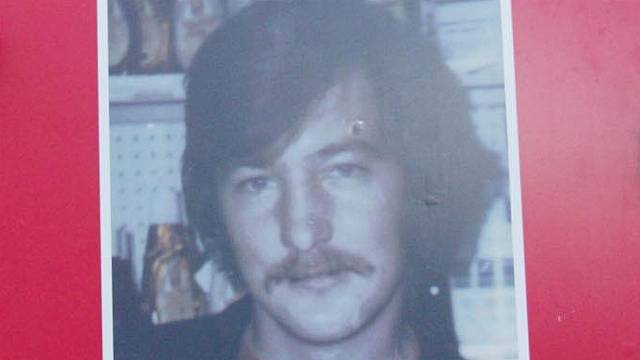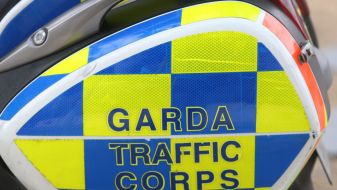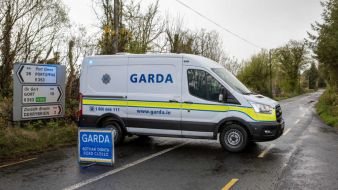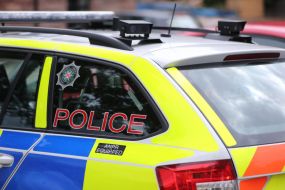A dental plate could have been "key" in identifying the body of a Stardust victim whose remains went unidentified for more than 25 years, an inquest has heard.
A review of the postmortem of Murtagh “Murty” Kavanagh, whose father passed away before his son's remains were identified using DNA, was heard by the jury on Thursday.
However, on Friday afternoon Coroner Dr Myra Cullinane said the pathologist who performed the original autopsy in 1981 on which the expert witnesses had based their opinion evidence did not make reference in his report to "the fact of a dental plate having been removed”.
Forensic pathologists Dr Richard Shepherd, Doctor Nat Carey and Doctor Benjamin Swift are providing reviews of the evidence into the causes of death of the 48 young people who lost their lives in the fire at the Artane disco in the early hours of Valentine’s Day 1981.
Addressing the jury on Friday, Dr Cullinane said Bernard Condon SC, on behalf of the family, had posed questions during the review of Mr Kavanagh’s postmortem in relation to the “existence or otherwise” of a dental plate and the witnesses had explained that they were unable to assist in this matter.
She informed the panel that depositions could today be read into the record which gave “some more factual basis” to the concerns that the family had about whether or not the late Murtagh Kavanagh had this dental plate in place.
The jury heard the 1981 testimony of a sergeant based in Store Street Garda Station who said he was present at the city morgue when a pathologist took a top denture plate and a sample of dark-coloured clothing from a body. He said the property was placed in a plastic bag and labelled before it was passed on to a colleague.
“Members of the jury, you will see that the autopsy was performed by the pathologist, and those were the documents on which the expert witnesses based their opinion evidence but [the pathologist] does not make reference in his report to the fact of a dental plate having been removed,” Dr Cullinane said.
In her pen portrait earlier this year, Mr Kavanagh’s sister Terry Jones said her father had been asked for dental records for her brother, which could not be located, but had “absolutely stressed” to detectives that Murty had a partial dental plate due to a sporting incident.
No burial
She said the family had no private funeral or burial for Murty and did not know which coffin was his when they attended the mass and burials for the five unidentified people.
Mr Kavanagh was one of five victims who was not formally identified until 2007 thanks to advances in DNA testing.
Mr Condon on Friday said Ms Jones had outlined in her pen portrait how her father had been “truly broken” by the events and would “constantly refer” to the partial dental plate and the fact that it was not used in identification.
In response to a question from counsel, Dr Shepherd said it was “possible” that a plate could form the basis of an identification.
“There needs to be some records but if they’re not dental records they can be records of the laboratory where the plate was manufactured so it can be the key to establishing an identity if that previous information is still available to compare it with back in 1981,” he said.
Dr Carey also addressed counsel, telling him: “The only thing I would say is that it’s apparent from the evidence that a view could be taken that he was the only one with a dental plate amongst those others. I think that would be a matter for the coroner to resolve really.”
Dr Cullinane clarified that it would have been a matter for the coroner in 1981 to clarify.
Expressing his gratitude to the pathologists for answering his questions, Mr Condon said, unfortunately Mr Murtagh's father had died before the identification, and it had been a matter of importance to him.
Sisters
The inquest also heard how two sisters who died in the Stardust fire having made it to within feet of an exit door were subsequently identified by the jewellery they were wearing on the night.
Mary (19) and Martina Keegan (16) had attended the disco with their sister Antoinette, who survived after she was pulled unconscious from the club.
The sisters were found alongside their friend Mary Kenny (19), who also perished in the blaze and who, the inquest heard today, was identified by her sister Carol through a ring she was wearing which her sister had purchased for her just weeks earlier.
Dr Shepherd told the jury at Dublin District Coroner’s Court that Martina Keegan attended the Stardust with her boyfriend David Morton (19), who also died in the fire, and her sister Antoinette.
The inquest continues next Tuesday.







